
3 New Major Design Details Mahindra XUV 3XO Will Pack Over...
- Apr 12, 2024
- Views : 9795

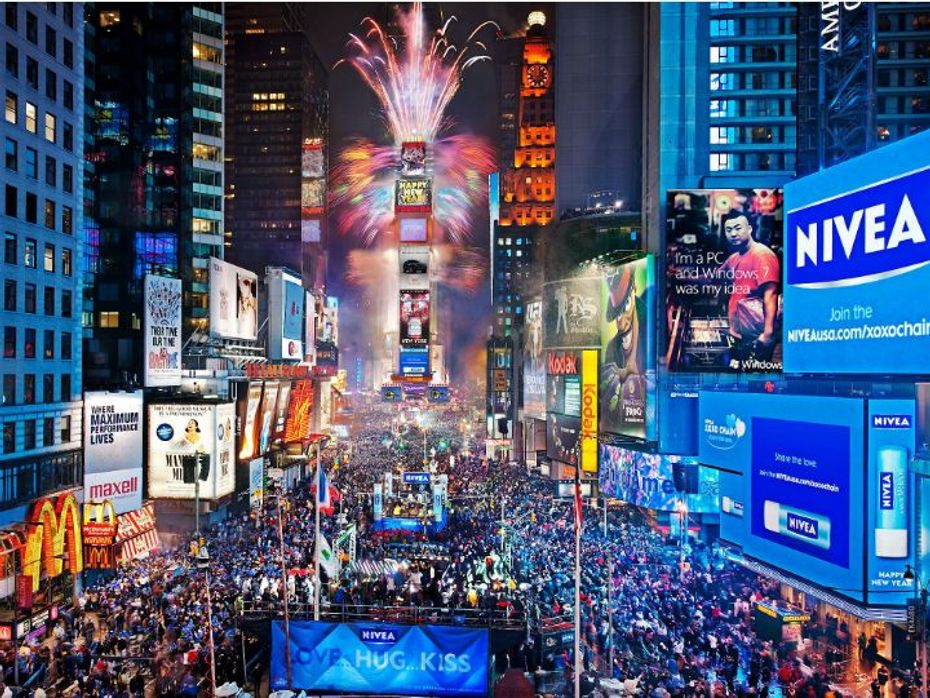
If everyone committing traffic infractions in India was fined two days in a row, our GDP would surpass that of the US in just 48 hours. But sadly that is not the case. In fact the roads in our country can be called one of the most chaotic in the world. A fully loaded lorry heading the wrong way on a highway, in the fast lane, doing 70kmph is considered normal here. And a four lane road being blocked by vehicles with their right indicator on is also a familiar concept. Then there’s the honking pandemic and the utter refusal to use ORVMs. Even we, the general population of tax filing and ‘law abiding’ citizens are guilty of contributing to the mess we call the Indian traffic. But all of it can change if all of us agree to take up these resolutions for the coming new year.
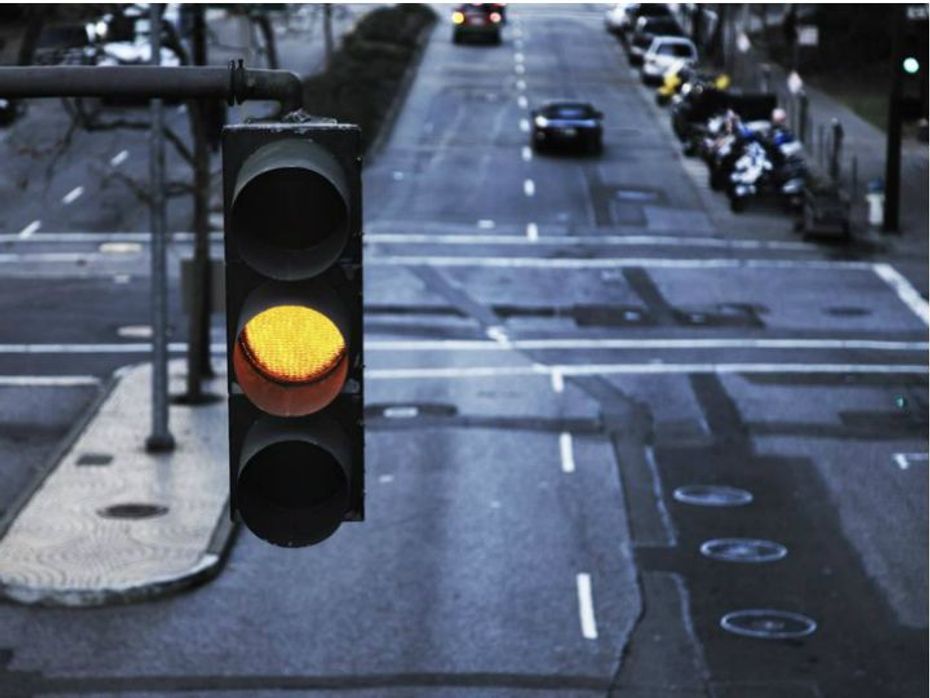
Yellow means slow down not speed up
While around the world, it’s the law to stop at a red light, a lot of us tend to take that big red glowing circle merely as a guideline. And that is a well known fact. There is however some confusion pertaining to the function of the yellow light. Well, we’re here clear that up. When that yellow light comes on, it’s not telling you to catch the light but slow down and prepare to stop because what follows is the stop light. If you’re too fast and given the impatience on our roads, someone is bound to cross your path and the rest we shall leave to imagination.
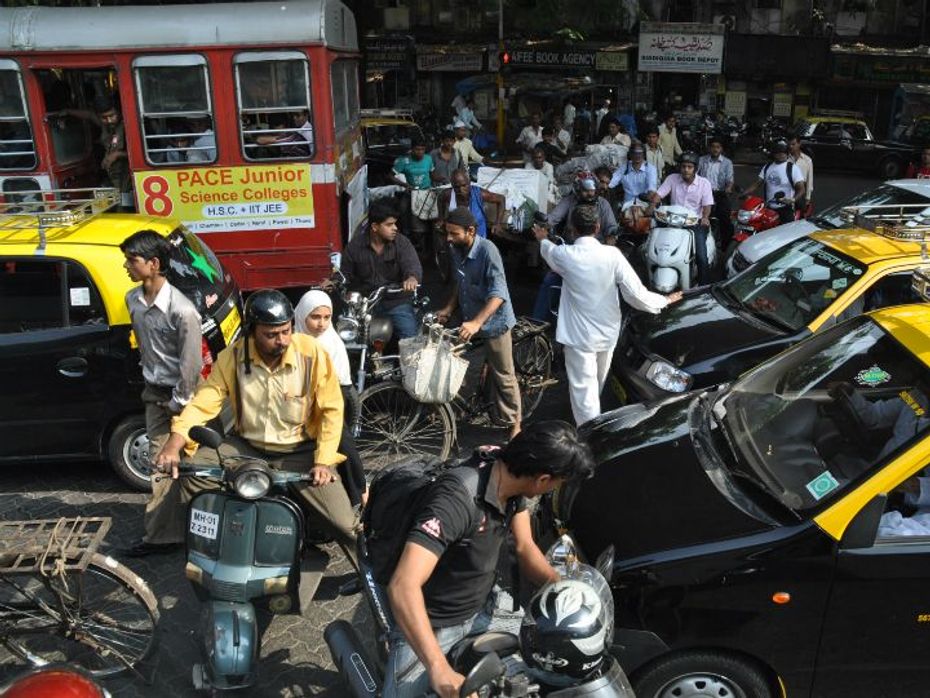
Pedestrians are humans
In most western countries, the pedestrians always have the right of way, in some places even when the traffic light is green. Here, it’s quite the contrary. We honk and wave our fists and hurl expletives at anyone who crosses our path during rush hour. Let’s not forget even we tread the roads on foot at times and tend to do the same to motorists. What’s that? Footover bridges? Well, I’m sure they’d love to use them if there was any space left between the bikes up there. So let’s be considerate, stop and let them pass and someone will surely do the same for you
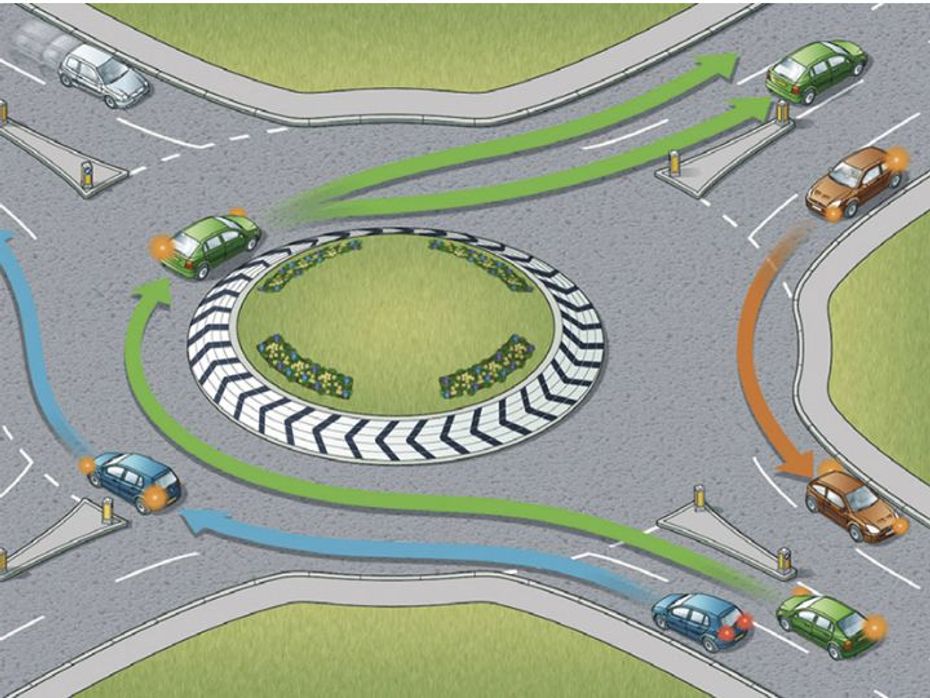
Understand the right of way
This we feel is the other predicament we seem to wrestle with. Who has the right of way? Quite simply, if you want to turn right, the motorist in the right lane has the right of way. It works vice versa for the left. But that doesn’t mean if we squeeze our vehicle into the extreme left, the right of way is ours. That is just asking for a shunt. At intersections the vehicle approaching from the left always have the right of way and at zebra crossings it is the pedestrians. At roundabouts, we always give way to the car on the right if we have to turn left. Put simply, if you want to take the first exit stay left, second exit, still left and for third and fourth exit, stay on the right.
A special mention here to those of us who would do anything to get out of a traffic jam including turning around on a busy road and putting everyone at risk. Please refrain from doing this we are all in a hurry but we want to reach on our feet, not on a stretcher.
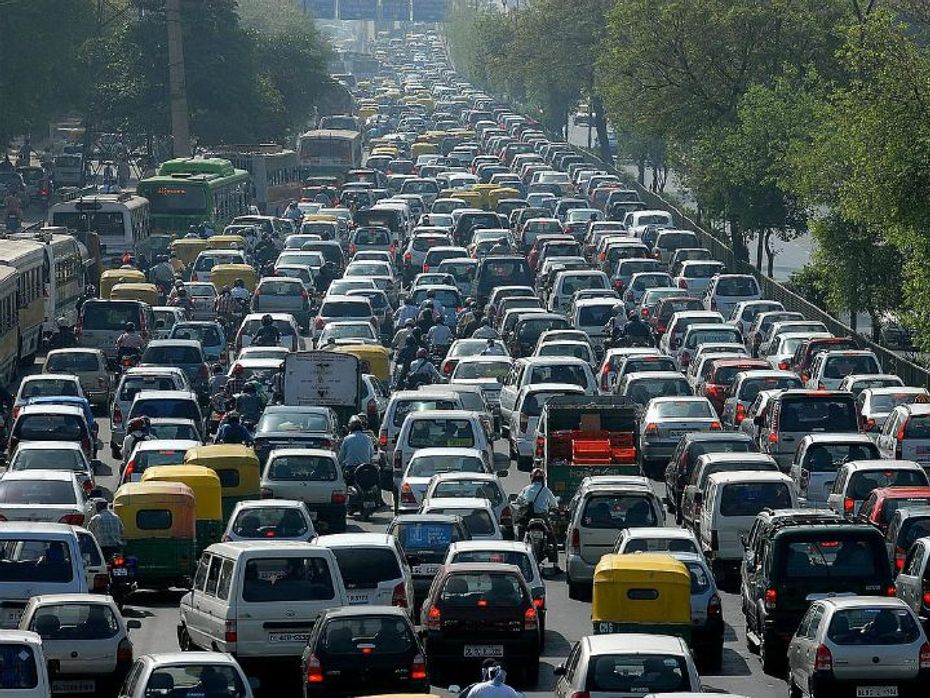
Right lane is to go right not left
Seriously, this is probably the most agonising decisions we make on the roads. If you want to turn right and you stick to the right most lane, you will never make it because everyone from the extreme left will be cutting right across to make the same turn. So if you want to go right you have to be on the left which makes no sense since we are a right hand drive country. And this precise overlooking of rules causes massive tailbacks. If you want to turn right stick to the right lane or at most come to the middle one. Because unless we let the traffic pass we will lose half our lives in traffic.
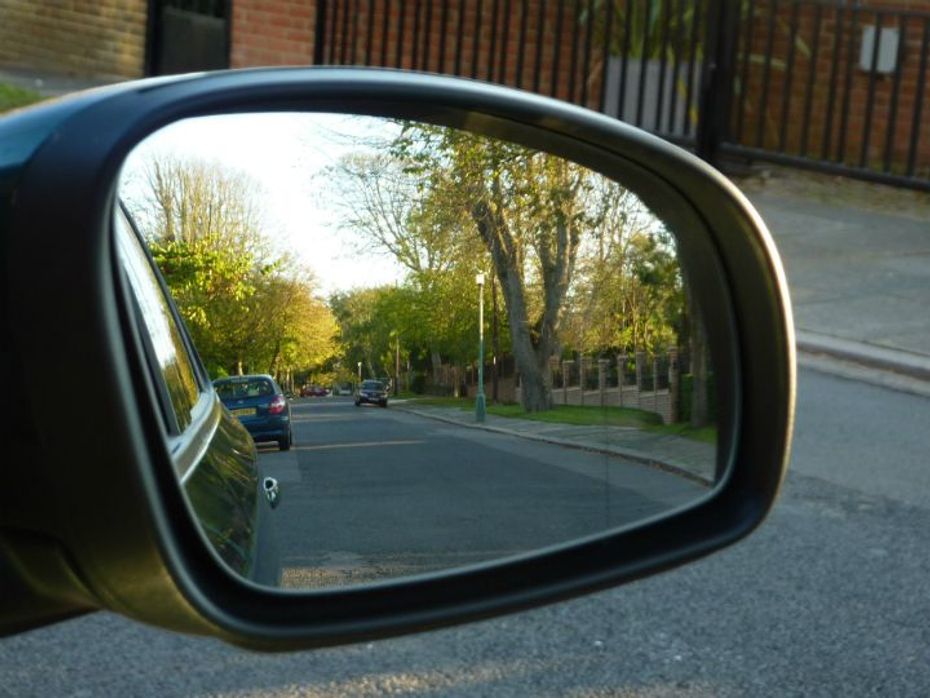
Side view mirrors are there for a reason
The ORVMs on either side of the car are not ornamental. We already know that but yet most of us keep them slammed shut like the gates to a treasure cove, concerned that they might be damaged by other motorists. At least that’s what we were told when we were almost driven into the divider when a car cut us off. Luckily no one was hurt. ORVMs are extremely important from a safety point of view, they work in conjunction with the in car mirror to give us a complete picture of what’s behind us. Until we evolve with eyes at the back of our heads, ORVMs will have to do. Also what would you rather replace? The mirror or the door?
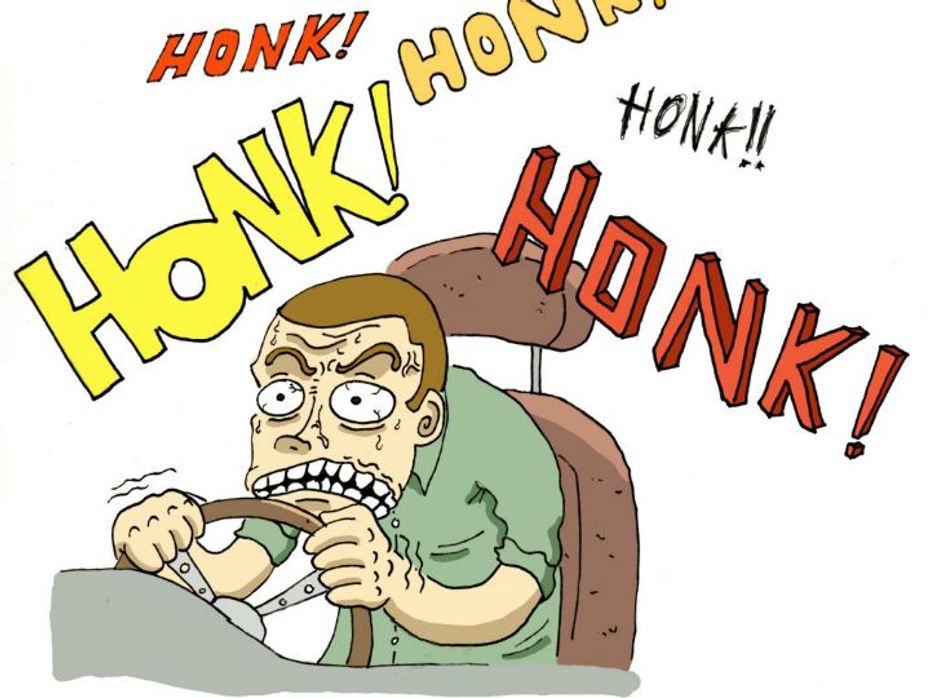
Honking is a language, talk politely
Honking in India should ideally be recognised as an official language of the masses. For when we start driving (not necessarily at 18) it becomes our second language and frighteningly close to our mother tongues. We are all familiar with the code of honking, one beep signals I’m there, two mean I’m overtaking, incessant honking means get out of the effing way and the never ending honk means that war has broken out and a verbal spat is in order. We understand that honking on our roads is rather necessary but it would be in everyone’s interest if we all honked only when absolutely necessary because unlike the brain the horn doesn’t improve the more we use it.
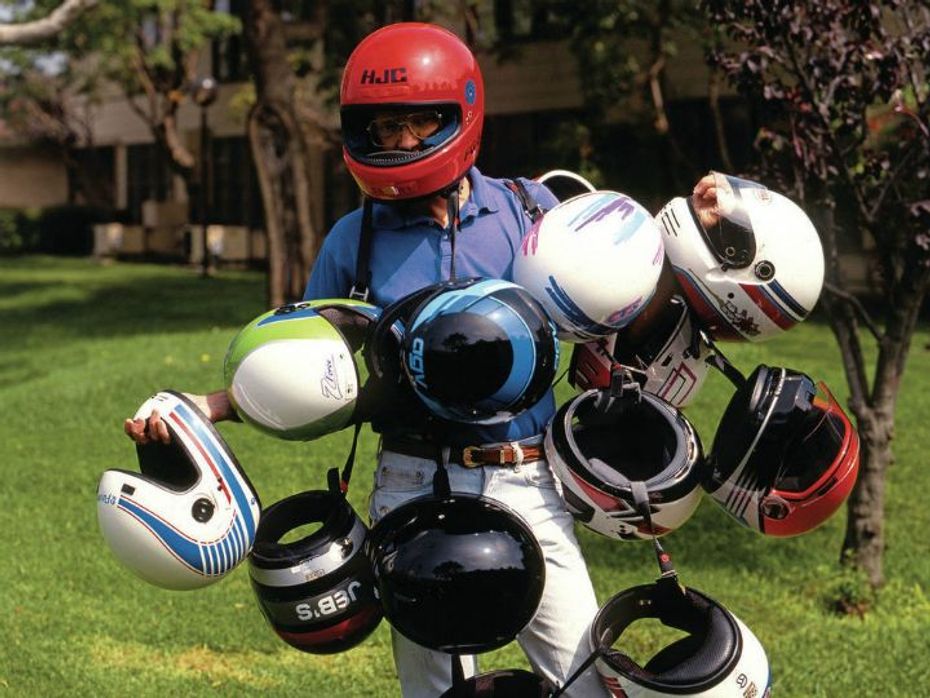
Helmets are not overrated
We’ve all seen them weaving through traffic with the soles of their feet flat against the pegs, hunched over the handlebars at breakneck speeds with their ego and a cheap pair of sunglasses as the only means of protection. And we’ve also seen them getting pulled over by cops just 100m down the road or worse with their brains on the pavement. Our head is the most important part of our body because it houses the brain. The motorcyclists mentioned above might have an unusually thick skull but no matter the thickness, the brain inside the cranium is soft tissue and at the moment of impact it crashes against the cranium which can be severely damaging. Wearing a helmet is important but wearing the right one is equally so. A good helmet absorbs the impact sending the shockwaves away from our head getting damaged itself in the process. Helmets with Snell and DOT certifications are extremely well built and safe, look for these certifications before you buy your next helmet. They are a bit more on the expensive side but definitely not worth more than anyone’s life.

3 New Major Design Details Mahindra XUV 3XO Will Pack Over...

Tata Curvv: A Much Clearer Look At Its Interior Ahead Of Its Unveiling

Citroen Basalt vs Tata Curvv: Exterior Design Compared

10 New Features Expected In The Upcoming 2024 Mahindra XUV 3XO...

The Fronx Has Been Rebadged! Meet The Toyota Urban Cruiser Taisor,...

Here’s How Fuel Efficient The 2024 Maruti Suzuki Swift Sold In...

MG Hector And Hector Plus Blackstorm Edition Launched At Rs 21.25...

Mahindra XUV300 Facelift Teased, Gets A New Name

Citroen Basalt Vision, Its SUV Coupe For India, Revealed
India's largest automotive community